West Virginia v. EPA Limits the Federal Government’s Power to Promote Clean Energy and Combat Climate Change
Law and Environment
JULY 1, 2022
EPA on Thursday, June 30, 2022, curbing the power of the Environmental Protection Agency (EPA) to regulate greenhouse gas emissions from power plants across the country. The decision focuses on EPA’s authority under a specific section of the Clean Air Act. What does this mean for clean energy projects?



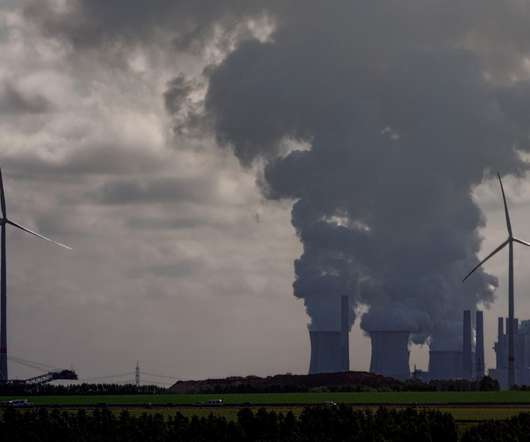
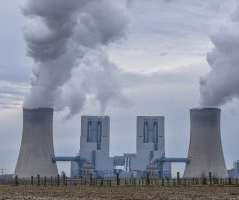
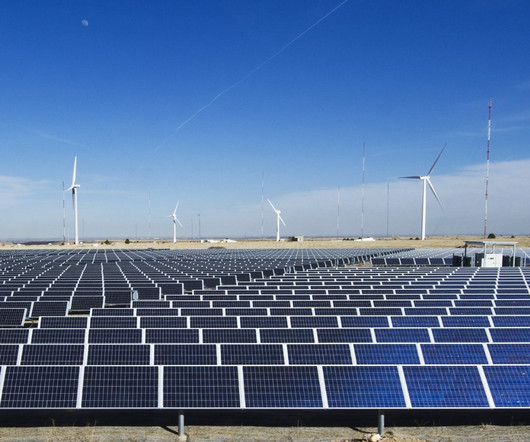

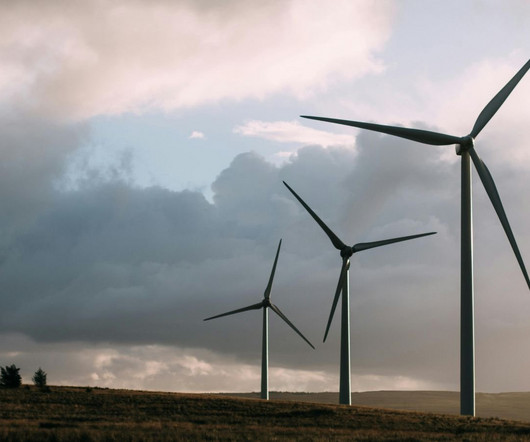



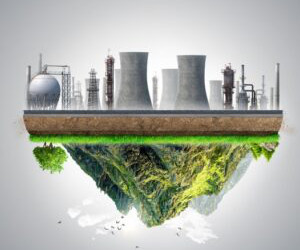
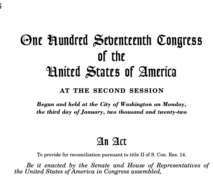


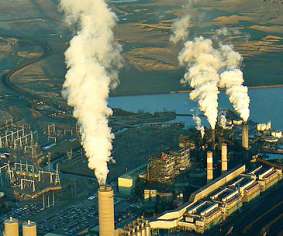


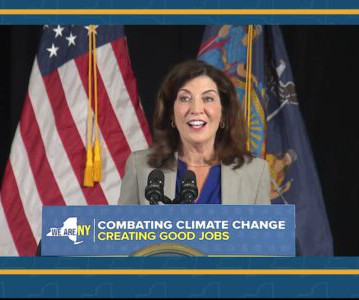
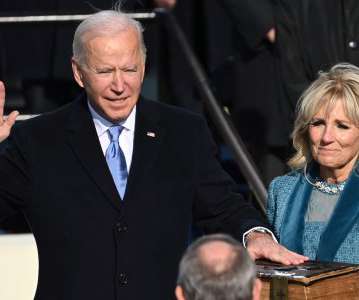




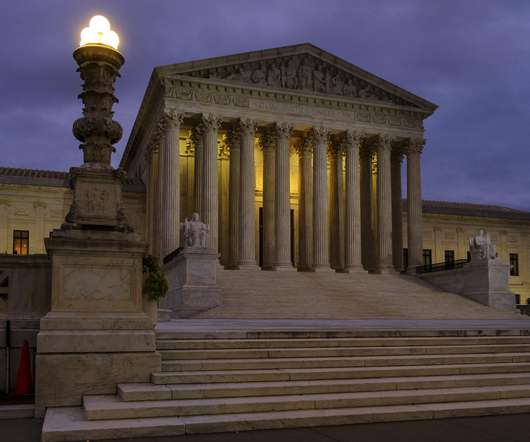






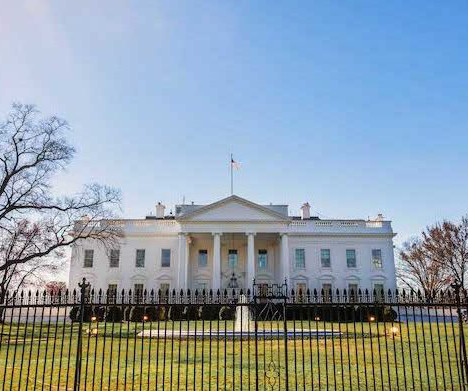








Let's personalize your content